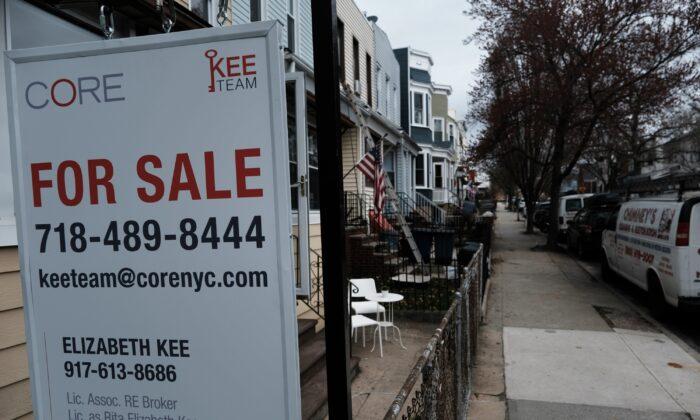Transit agencies across the United States were still reeling from the COVID-19 pandemic in 2021.
“Due to the COVID-19 public health emergency, ridership decreased 24.7 percent from 2020 and Federal assistance for transit (2021 constant dollars) increased 18.2 percent,” the report stated. “Year 2021 fare revenues decreased by 30.4 percent due to the COVID-19 public health emergency. Federal funding increased $4.2 billion to fill the funding deficit.”
The report backs up what transit agencies have reported. Many have struggled to bounce back since the pandemic.
The report details how the pandemic crushed ridership, and included information from before the pandemic began and the first year of it.
For example, ridership dropped 81 percent year-over-year from April 2019 to 2020, from 835.1 million unlinked passenger trips in 2019 to 158.5 million. Unlinked passenger trips are defined as total boardings on an individual vehicle. In records dating to 2002, that’s the lowest month.
The report notes that in 2021 the ridership began to recover and increased 48 percent from December 2020 to December 2021, but was far below prepandemic peak levels. National ridership reached 438.2 million in December 2021, far below the peak of 900 million in the summer of 2019.
In analysis of costs, operating one vehicle for one single hour was $202.77 in 2021, or 13 percent higher than the $179.23 cost in 2018.





